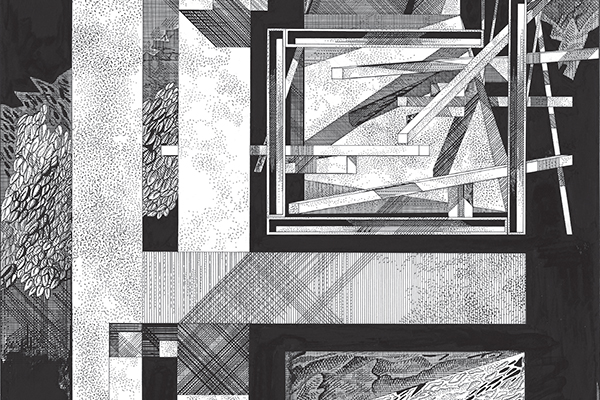The extreme image
DOI:
https://doi.org/10.15168/xy.v1i1.15Abstract
The representation of “institution” as a translation of the meaning of a building in the city in a lasting, collective, linked to the memory of places and events that took place in their architectural shape has now almost disappeared. In fact, the first function of architecture is currently recognized as a “new functionalism” re-read in the light of digital revolution. A new functionalism, centered mainly on the issue of sustainability, on the sociological aspects of living and the more theoretical that practiced participation, articulated on one side in a mythologized technology, and on the other in an identification of architectural language with media; all in the specialisms preeminence on an organic conception and general discipline. Reducing the complexity of architecture to one single component, which process globalization has amplified to the maximum, has meant that the design and implementation of landscape, city and buildings lose much of their true meaning. This deprivation of the vital essence of building can only be overcome by reaffirming the centrality of image as “birthplace” of the idea of architecture. An “extreme image”, that rejects both communication horizons and those associated with its “instrumentality”, that is its role in the phenomenology of operations necessary to think and construct that same idea. An image as the result of an absolute, hermetic and metamorphic research on the actual and “unchangeable”, so to speak, contents of building.


